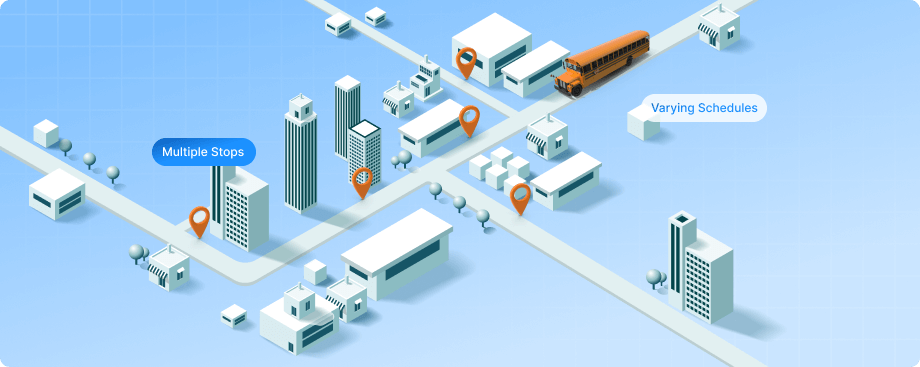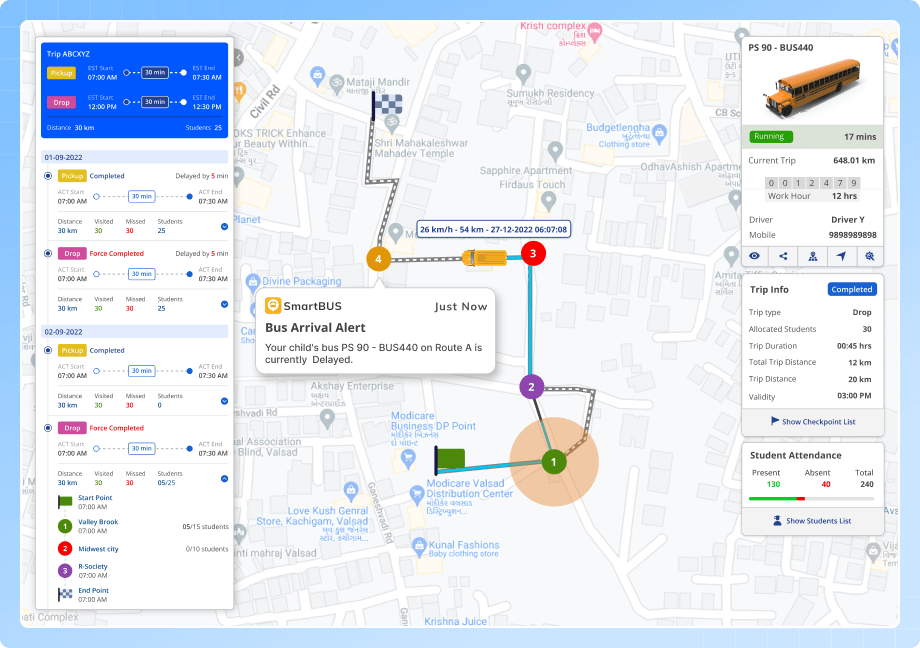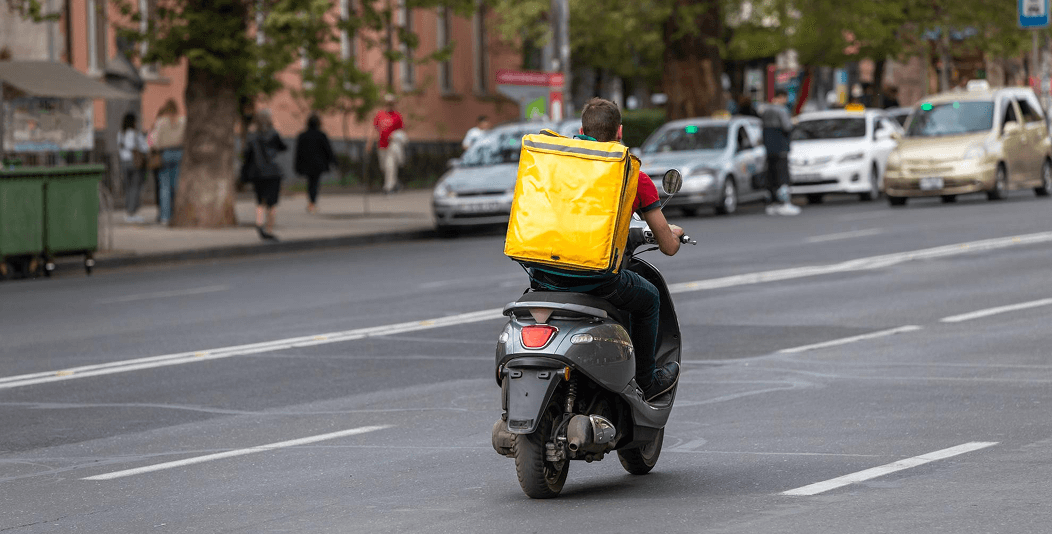A school with a large number of students and multiple school campuses needs to optimize its school bus routes. They want to reduce travel time, minimize fuel costs, and ensure the safety of students during transportation.
Route Optimization for School Bus Transportation
Introduction
Challenges
- Multiple Stops: The school district has several bus stops scattered across the district. Each bus serves multiple stops along its route.
- Inefficient Routes: The existing school bus routes are suboptimal, resulting in longer travel times and increased fuel costs.
- Varying Schedules: Different schools within the district have different start times. The buses need to stick to these schedules.
- Capacity Constraints: Each bus has a limited capacity. The routes must be optimized to balance the number of students on each bus.
- Operational Delays: Inefficient routes often resulted in delays. It caused students to wait longer at bus stops and potentially arrive late to school.
Solution
The school bus transport company implements a route optimization system as part of its fleet management system. Here’s how it works:
- Data Collection: The system collects data on student addresses, school locations, bus stop locations, school start times, and bus capacities.
- Route Planning: Using this data, the software employs route optimization algorithms to create efficient bus routes. It takes into account factors like distance, traffic conditions, and the number of students at each stop.
- Scheduling: The system generates schedules for each bus, ensuring that they arrive at each school at the right time for student drop-off and pick-up. This includes factoring in any special needs or accommodations for students.
- Real-Time Updates: The system may integrate with GPS tracking to provide real-time updates on bus locations and traffic conditions. This allows for adjustments to routes when unexpected events occur, such as accidents or road closures.
- Communication: Parents and guardians can receive notifications about their child’s bus arrival times and any delays through a mobile app or SMS alerts.
Results
- Time Efficiency: Students spend less time on buses, which can lead to improved attendance and overall satisfaction.
- Parental Peace of Mind: Parents and guardians can track the location of school buses and receive timely updates, providing peace of mind and improving communication.
Let’s Move Forward, Together
Share your details and we’ll guide you from here.




